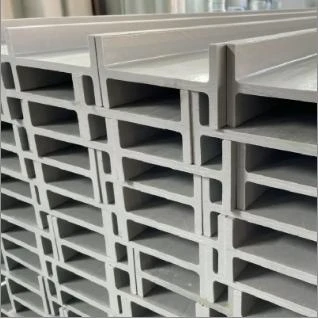loading...
- No. 9, Xingyuan South Street, Dongwaihuan Road, Zaoqiang County, Hengshui, Hebei, China
- admin@zjcomposites.com
- +86 15097380338
- Welcome to visit our website!
frp profiles
Understanding FRP Profiles The Future of Lightweight and Durable Construction Materials
In the ever-evolving world of construction and engineering, the demand for stronger, lighter, and more durable materials is paramount. One such innovation that has gained significant traction in recent years is Fiber Reinforced Polymer (FRP) profiles. These materials have redefined traditional construction practices, offering unique properties that cater to a myriad of applications. This article delves into the characteristics, advantages, and applications of FRP profiles, as well as their future potential in various industries.
What Are FRP Profiles?
FRP profiles are composite materials made from a polymer matrix reinforced with fibers, typically glass, carbon, or aramid. These materials are designed to enhance the mechanical properties of the polymers, making them significantly stronger and more resilient. The production of FRP profiles involves advanced processes such as pultrusion or filament winding, resulting in products with consistent cross-sections and superior performance.
Key Properties of FRP Profiles
One of the most significant advantages of FRP profiles is their exceptional strength-to-weight ratio. Compared to traditional materials like steel and concrete, FRP profiles are much lighter, which simplifies handling and installation. This property is particularly beneficial in projects where reducing dead load is crucial, such as in bridges or high-rise buildings.
Moreover, FRP profiles exhibit excellent corrosion resistance, making them ideal for use in harsh environments. Unlike metals, FRP does not rust or degrade when exposed to moisture, chemicals, or UV radiation. This durability translates to lower maintenance costs and extended service life, a critical factor for infrastructure projects.
Another noteworthy feature of FRP profiles is their thermal and electrical insulation properties. These materials do not conduct electricity, making them safe for applications where electrical interference might be a concern. Additionally, their low thermal conductivity prevents thermal bridging, which can be an advantage in energy-efficient building designs.
frp profiles

Applications of FRP Profiles
The versatility of FRP profiles allows them to be used in a wide range of applications across various industries. In the construction sector, they are increasingly utilized for structural components, including beams, columns, and reinforcements. Notably, FRP composites are being implemented in bridge designs where weight reduction and corrosion resistance are crucial.
In the marine industry, FRP profiles are favored for constructing boats, docks, and other marine structures due to their buoyancy and resistance to saltwater corrosion. The automotive sector is also tapping into the potential of FRP materials, as they contribute to producing lighter vehicles, thereby enhancing fuel efficiency and reducing emissions.
Furthermore, the energy sector is exploring the capabilities of FRP profiles in wind turbine manufacturing. The lightweight nature of these materials makes them ideal for constructing turbine blades, improving overall performance and energy output.
Challenges and Future Prospects
Despite the numerous advantages of FRP profiles, there are challenges to their widespread adoption. High manufacturing costs and limited awareness about their benefits can hinder market penetration. However, as technology advances and production techniques improve, it is expected that costs will decrease, making FRP profiles more accessible.
Research is in progress to enhance the properties of FRP materials further, including developing bio-based polymers that offer sustainability benefits. As the construction industry moves towards greener practices, the integration of environmentally friendly materials into construction will become increasingly important.
In conclusion, FRP profiles represent a groundbreaking advancement in material science with the potential to transform various industries. Their lightweight, durable, and corrosion-resistant nature positions them as a viable alternative to traditional construction materials. As awareness grows and barriers to adoption are lowered, FRP profiles may very well become a staple in future construction and engineering projects, paving the way for safer, more efficient, and sustainable infrastructures.
-
The Rise of FRP Profiles: Strong, Lightweight, and Built to LastNewsJul.14,2025
-
SMC Panel Tanks: A Modern Water Storage Solution for All EnvironmentsNewsJul.14,2025
-
GRP Grating: A Modern Solution for Safe and Durable Access SystemsNewsJul.14,2025
-
Galvanized Steel Water Tanks: Durable, Reliable, and Ready for UseNewsJul.14,2025
-
FRP Mini Mesh Grating: The Safer, Smarter Flooring SolutionNewsJul.14,2025
-
Exploring FRP Vessels: Durable Solutions for Modern Fluid HandlingNewsJul.14,2025
-
GRP Structures: The Future of Lightweight, High-Performance EngineeringNewsJun.20,2025
